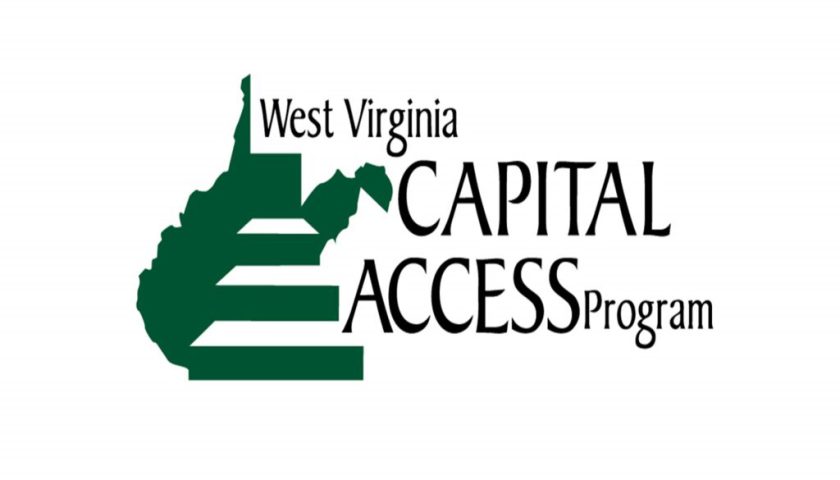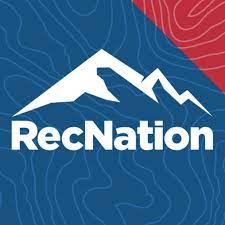In what may be the first comprehensive effort to inventory the nation’s supply of campgrounds and campsites, the RV Industry Association (RVIA) released a survey on May 18th in which the number one finding—ta-da!—is that campgrounds during peak season are basically full.
No surprise, right? Yet, while the study’s conclusions are unremarkable, what’s interesting are their underlying data and the fact that it’s taken this long to assemble them. KOA (Kampgrounds of America), The Dyrt and others have been taking the pulse of campground demand, and ARVC (the National Association of RV Parks & Campgrouds) periodically samples the universe of private campgrounds. But an overall understanding of the supply side of the equation has been so primitive that the industry hasn’t been able to agree on even how many privately-owned campgrounds there are. (CHM Government Services, the Massachusetts-based consulting firm that did the RVIA’s legwork, cited four sources that had a 40% spread in campground census numbers.)

Private campgrounds: The numbers
CHM eventually settled on 12,290 private campgrounds, of which 12,118 have RV sites. Those campgrounds, it further concluded, have 1.4 million RV sites, yielding an average of 116 each. Yet apparently more than a third of the private RV sites can be considered “primitive,” since only 63% have water and electric hookups; roughly half (51%) also have sewer connections.
Public campgrounds: The numbers
Public campgrounds—comprising federal, state, county and municipal facilities—meanwhile, outnumber their private counterparts, at 15,119. But because on average they’re significantly smaller, they have a total of only 607,014 campsites. More to the point, fewer than half of the public campsites—264,861—can accommodate RVs. Of those, only 30% have water hookups and a mere 8% have sewer connections. That latter statistic is especially telling at federal campgrounds, among which just 11.3% have dump stations.
The numbers combined
Smushing all those numbers together and contrasting them with camper demand in 2020, the RVIA report concludes that overall campground occupancy during the summer was 76%, and 54% for the year overall. Keeping in mind that these occupancy figures are an aggregate that doesn’t distinguish between weekends and mid-week, summer and winter (for the annual rate), or by region, that suggests that, yes, RVers overall would have had a helluva time finding a camping spot—and even more so if they needed utilities, especially sewer hookups.
Boondocking by default
The space crunch, according to Margaret Bailey, CHM’s project manager for the survey, has been a significant factor behind the recent explosion of boondocking. Dispersed camping, she said, “is partly a choice but partly a default” because of a lack of alternatives. And while some significant amount of funding has recently been devoted to public campgrounds, that money “is going to fix what’s broken” and not to expansion. Any growth in RV sites, she added, “has to come on the private side.”
An RVIA spokesman said he hoped the report will further encourage investors to view campgrounds as more than just a niche market. Campgrounds, he noted, are just another segment of the hospitality industry, comparable to hotels. Indeed, one of the study’s more telling observations is that the national hotel industry had a peak season occupancy of approximately 70% and annual occupancy of 66% in 2019, the most recent year of normal operating conditions.



